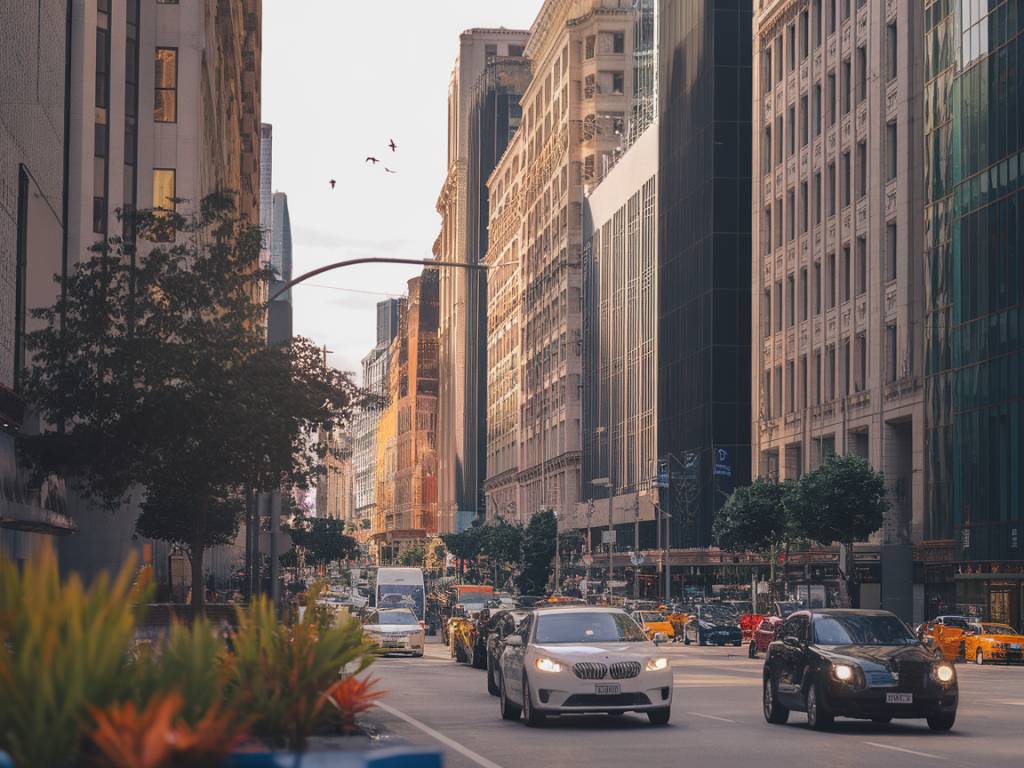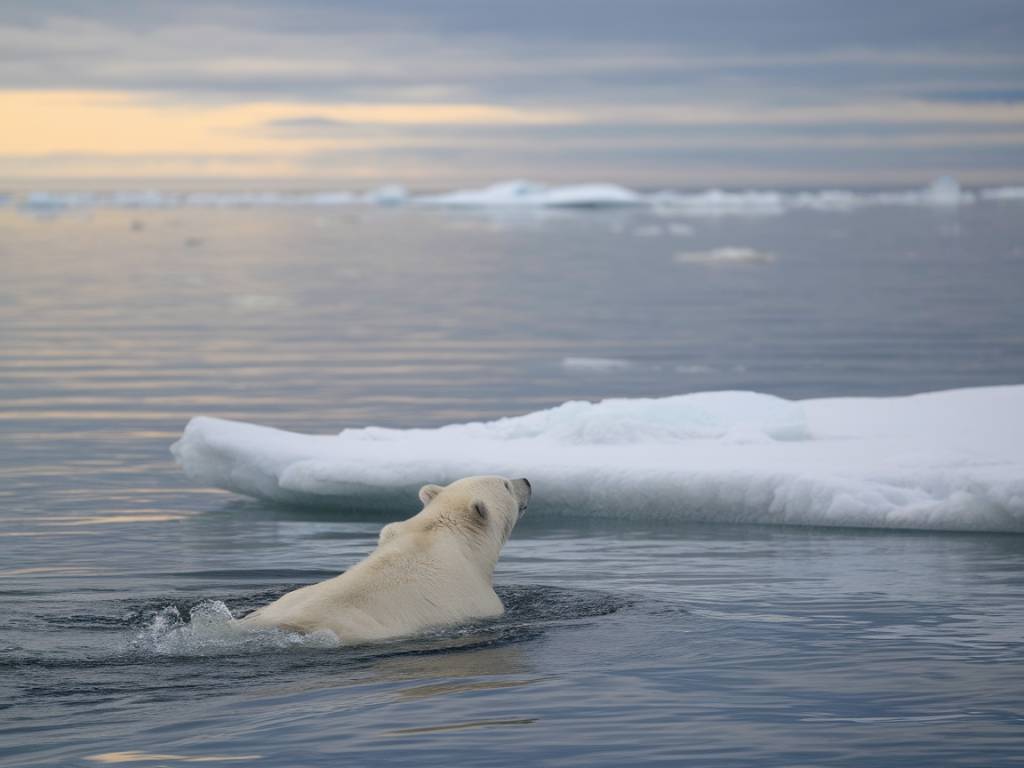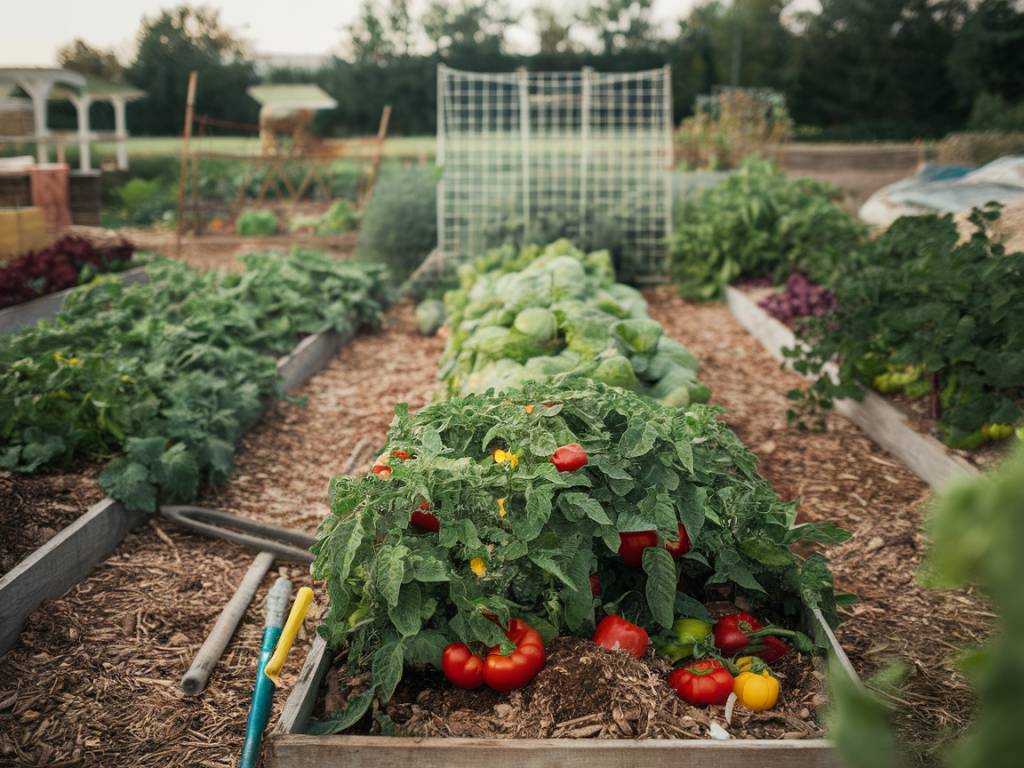The Silent Erosion: How Urbanization is Threatening Global Biodiversity
The lush green spaces and vibrant ecosystems that once thrived across our planet are increasingly being overshadowed by sprawling urban landscapes. As cities expand to accommodate growing human populations, the resulting urbanization poses a significant threat to global biodiversity. But how exactly does urban growth impact the delicate balance of life on Earth?
The Encroachment on Natural Habitats
Urban development is relentlessly consuming natural habitats, leaving little room for the flora and fauna that once thrived there. Picture this: a family of foxes living at the edge of a forest are suddenly evicted from their home as bulldozers turn their haven into yet another residential complex. This scenario, replicated thousands of times over, encapsulates the stark reality for many species. Land conversion for urban use not only reduces habitat size but also fragments what is left, making it harder for wildlife to thrive.
Pollution: An Urban Imprint on Nature
The rise of cities has brought with it a myriad of pollution types that further threaten biodiversity. Air pollution, primarily from vehicles and industries, doesn’t just affect human health; it impacts wildlife too. Many bird species, for example, are susceptible to lung damage from airborne toxins. Water pollution from urban run-off—which often includes oil, heavy metals, and plastics—poses a grave threat to aquatic life.
And then there’s noise pollution. You might not think of noise as a pollutant, but to the sensitive ears of wildlife, continuous urban noise can be a stress factor, disrupting communication, mating calls, and predator-prey interactions.
Urbanization’s Climate Impact on Wildlife
Urban areas are hotspots for climate change impacts. The notorious urban heat island effect raises temperatures significantly above rural levels, affecting both resident and migrant species. Warmer temperatures can force species to relocate, alter reproductive cycles, and shift food availability. Not all species can adapt to these rapid changes, leading to a decline in populations. Have you ever noticed the delicate dance of butterflies becoming less frequent in city parks? This can be chalked up to the combined pressures of urban heat and habitat loss.
Invasive Species: Unwanted Urban Guests
Urban areas, often inadvertently, become incubators for invasive species. These opportunistic organisms take advantage of urban environments, often outcompeting native species for resources. Kudzu, the so-called « plant that ate the South, » is a classic example. Originally introduced for ornamental purposes, it quickly spread across cities, smothering native vegetation. The introduction of non-native species disrupts local ecosystems and goes unchecked, can lead to the extinction of indigenous species.
Sustainable Solutions to Mitigate Impact
Although the threats are daunting, sustainable urban planning can offer hope. Innovative solutions such as green roofs, urban wildlife corridors, and the integration of native plant species into city planning can help buffer the effects of urbanization. The concept of biophilic cities—urban centers designed with a deep connection to nature in mind—promises to harmonize human living spaces with natural habitats.
Moreover, local community involvement is pivotal. Urban gardening projects, wildlife-friendly building designs, and public education initiatives can cultivate an ecological awareness that champions biodiversity. Imagine a neighborhood where each rooftop hosts a mini-ecosystem, teeming with butterflies and bees. By advocating for such transformations, urban dwellers can become stewards of biodiversity rather than mere passive observers.
Rethinking Urban Environments
The reality is clear: urbanization doesn’t have to spell the end for biodiversity. By rethinking how we build and expand our cities, it is possible to create urban environments that support both human and ecological health. Policies that incentivize green development and prioritize the conservation of green spaces are essential. Let’s ponder: what kind of urban legacy do we hope to leave for future generations?
In our rapidly urbanizing world, the challenge is finding a balance between development and conservation. It’s a complex dance, but one that offers immense rewards—cities that are vibrant not just with human life, but with the rich tapestry of biodiversity that can coexist alongside us.




